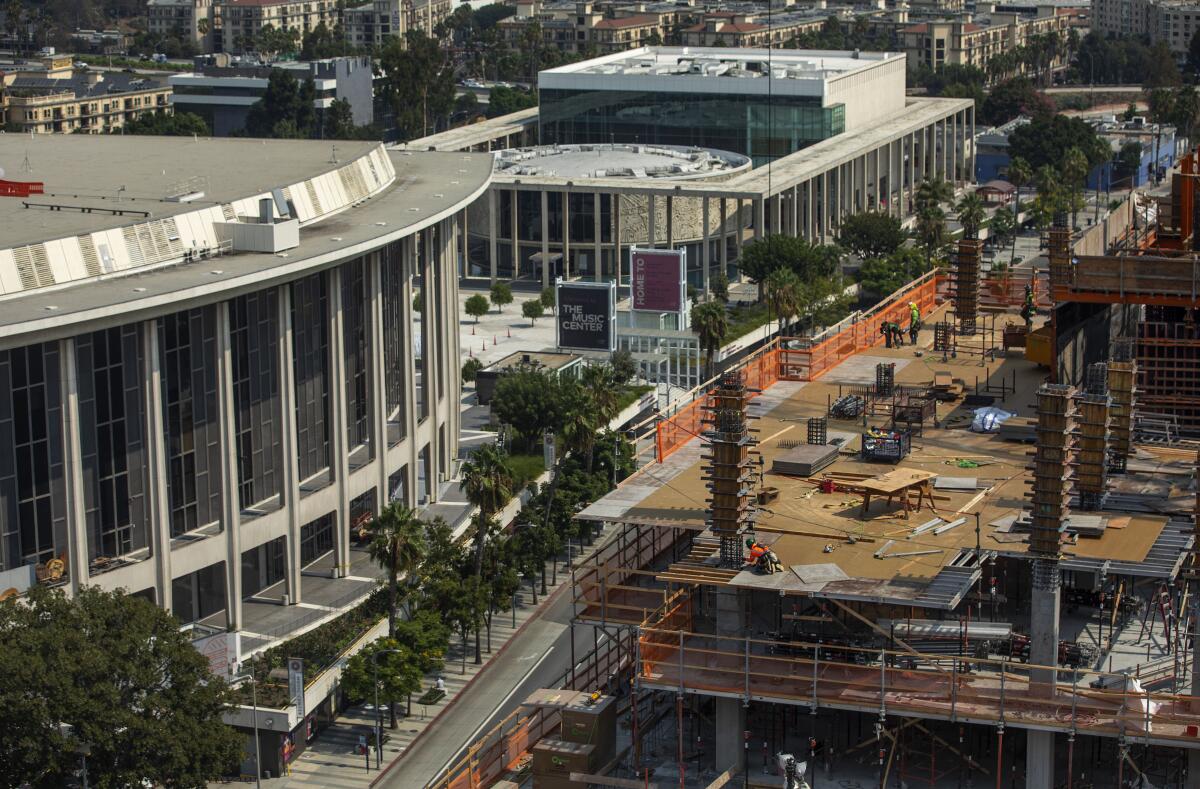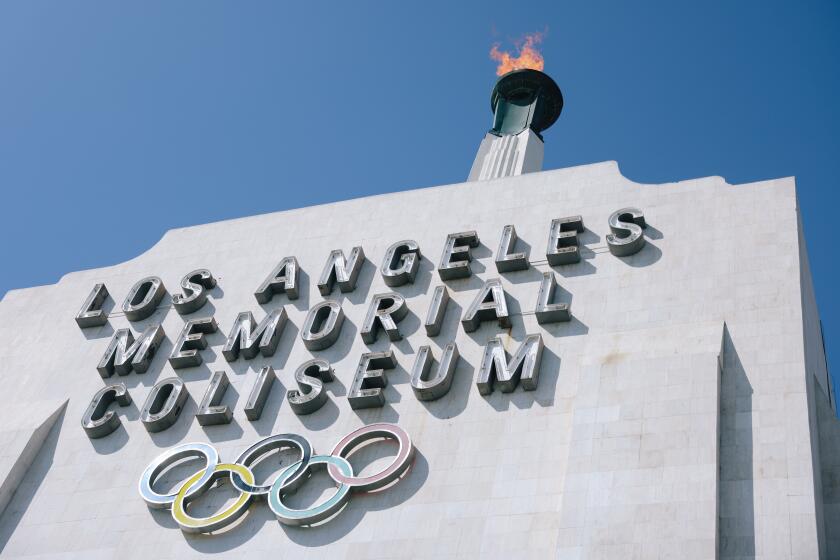Letters to the Editor: A coronavirus ‘ghost town’? Have some faith in downtown L.A.

- Share via
To the editor: Labeling downtown Los Angeles a ghost town is an insult to the nearly 80,000 downtown residents who are sheltering in place just as people in communities across the city are.
Calling into question whether a revitalized downtown will survive ignores the entrepreneurial spirit that drives the area forward. Former Democratic state Senate leader Kevin de León will soon take over downtown’s City Council seat, filling the area’s leadership void.
Furthermore, a federal judge examining homelessness is taking no excuses from the city and the county on housing people in need, and the downtown business improvement districts are providing meaningful clean-up and beautification services.
Downtown residents, who reflect the diversity of the city, are resilient. The Los Angeles Times, which called downtown its home for more than a century and witnessed the resurgence, needs to lose its skepticism of the area’s future. Instead, focus on the promise of tomorrow.
Billie Greer, Los Angeles
..
To the editor: I moved into a Financial District condo in 2015. Reporter Thomas Curwen’s article captures the apprehensive atmosphere in downtown L.A. but misses the key to the area’s boom and eventual resurgence.
The city’s 1999 Adaptive Reuse Ordinance made it feasible for developers to convert historic, underused commercial buildings into residential projects. Residents flocked to new housing, and a new culture emerged.
Economists rightly argue that American cities, L.A. included, are zoned at inefficiently low densities. The clearest path to a vibrant urban core is reducing public-sector interference with commercial and residential land-use decisions. This includes terminating an L.A. City Council member’s power to squelch projects at inception.
Graft like former Councilman José Huizar’s pay-to-play schemes, while reprehensible, is not the greatest cost of overly restrictive land-use rules. The real cost is commerce forgone.
James E. Moore II, Los Angeles
The writer is a professor in USC’s Price School of Public Policy.
More to Read
A cure for the common opinion
Get thought-provoking perspectives with our weekly newsletter.
You may occasionally receive promotional content from the Los Angeles Times.










